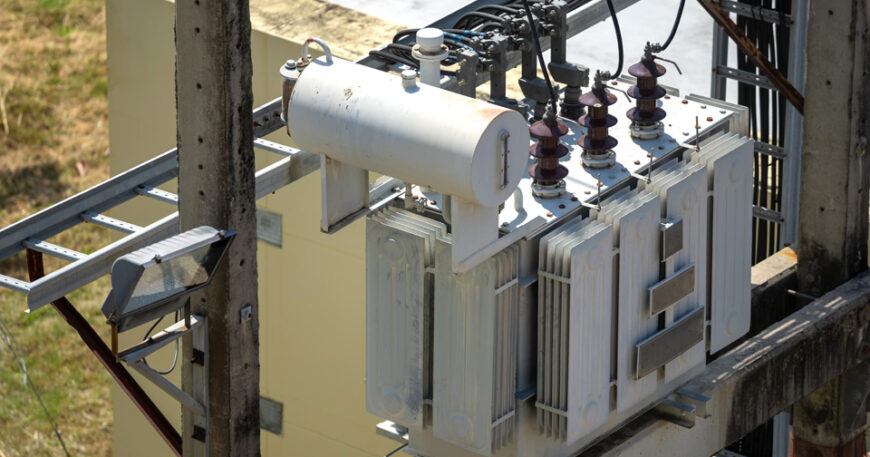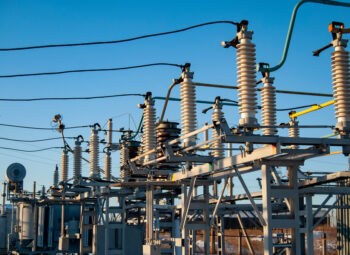Electricity is an essential part of our daily lives, powering homes, businesses, and industries. At the heart of this power delivery system lies a crucial component: the distribution transformer. Though often overlooked, distribution transformers play a vital role in ensuring that electricity reaches us in a safe and efficient manner. This blog explores what distribution transformers are, how they work, and their importance in the power distribution network.
What are Distribution Transformers?
Distribution transformers are electrical devices that step down the high voltage from power lines to a lower, usable voltage for homes and businesses. They are part of the electrical distribution system that delivers power from the transmission network to end-users. Typically found mounted on poles or placed on the ground in residential and commercial areas, these transformers ensure that the electricity supplied is at a safe voltage level for consumption.
How Do Distribution Transformers Work?
Basic Principles
At the core of a distribution transformer is the principle of electromagnetic induction. The transformer consists of two or more windings, typically referred to as the primary winding and the secondary winding. These windings are wrapped around a magnetic core. When an alternating current (AC) flows through the primary winding, it creates a varying magnetic field. This changing magnetic field induces a voltage in the secondary winding, thus transferring electrical energy from the primary circuit to the secondary circuit.
Step-Down Voltage
The primary function of a distribution transformer is to step down the high voltage from the power lines to a lower voltage suitable for household or commercial use. For example, electricity generated at power plants is typically transmitted at voltages ranging from 69 kV to 765 kV to minimize energy losses during transmission. However, this voltage is too high for direct use. Distribution transformers reduce this voltage to levels like 240V, 120V, or other standard voltages depending on regional requirements.
Efficiency and Regulation
Distribution transformers are designed to operate efficiently with minimal energy loss. Key factors that influence their efficiency include the quality of materials used, the design of the core and windings, and the load conditions. Transformers also include mechanisms to regulate voltage and maintain a stable supply, despite fluctuations in load or input voltage.
Types of Distribution Transformers
Pole-Mounted Transformers
Pole-mounted transformers are commonly seen in residential areas, mounted on utility poles. They are used to supply power to homes and small businesses. These transformers are designed to be compact and weather-resistant, providing reliable service in outdoor environments.
Pad-Mounted Transformers
Pad-mounted transformers are installed on concrete pads at ground level, often found in commercial and industrial areas. They are enclosed in secure, tamper-proof housings to ensure safety and prevent unauthorized access. These transformers are suitable for underground distribution systems where aesthetic and space considerations are important.
Substation Transformers
Substation transformers are larger and more robust, used in distribution substations to step down high transmission voltages to lower distribution levels. They serve as the intermediary between the high-voltage transmission network and the local distribution network, ensuring efficient power delivery to the end-users.
Importance of Distribution Transformers
Voltage Regulation and Safety
Distribution transformers play a crucial role in voltage regulation, ensuring that the voltage levels supplied to consumers are stable and within safe limits. Without these transformers, the high voltage from transmission lines would be unsafe for direct use, posing significant risks of electrical hazards.
Energy Efficiency
Efficient distribution transformers minimize energy losses during the voltage conversion process. This efficiency is essential for reducing overall energy consumption and operational costs in the power distribution network.
Reliability and Continuity of Supply
Distribution transformers contribute to the reliability and continuity of the power supply. They are designed to handle varying load conditions and maintain consistent voltage levels, even during peak demand periods. This reliability is vital for both residential comfort and industrial productivity.
Conclusion
Distribution transformers are the unsung heroes of our power distribution system, ensuring that electricity reaches us in a safe, efficient, and reliable manner. Understanding their function and importance helps us appreciate the complex infrastructure that powers our modern lives. As technology advances, the design and efficiency of distribution transformers continue to improve, paving the way for a more sustainable and resilient electrical grid.




